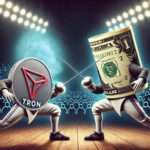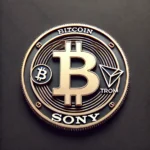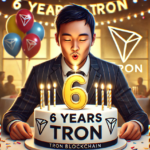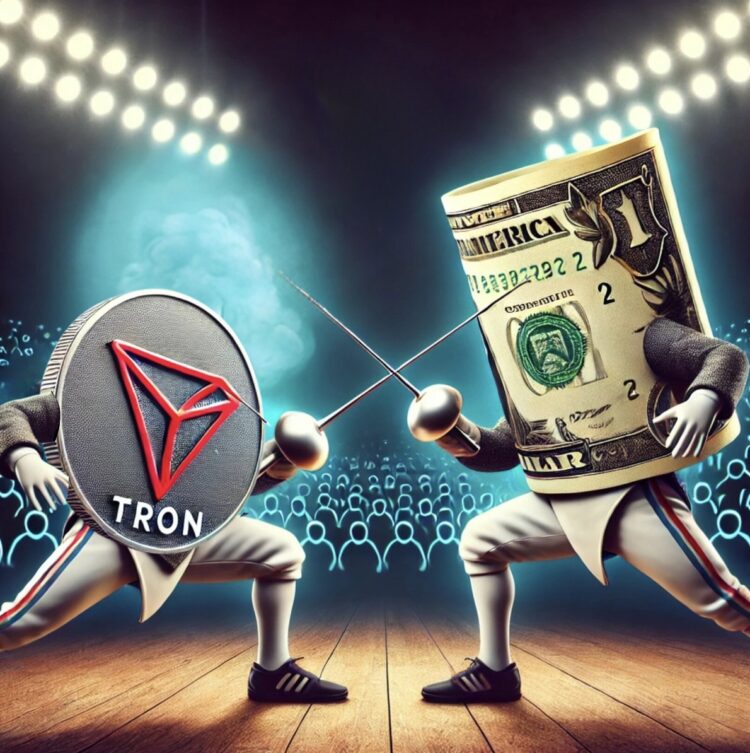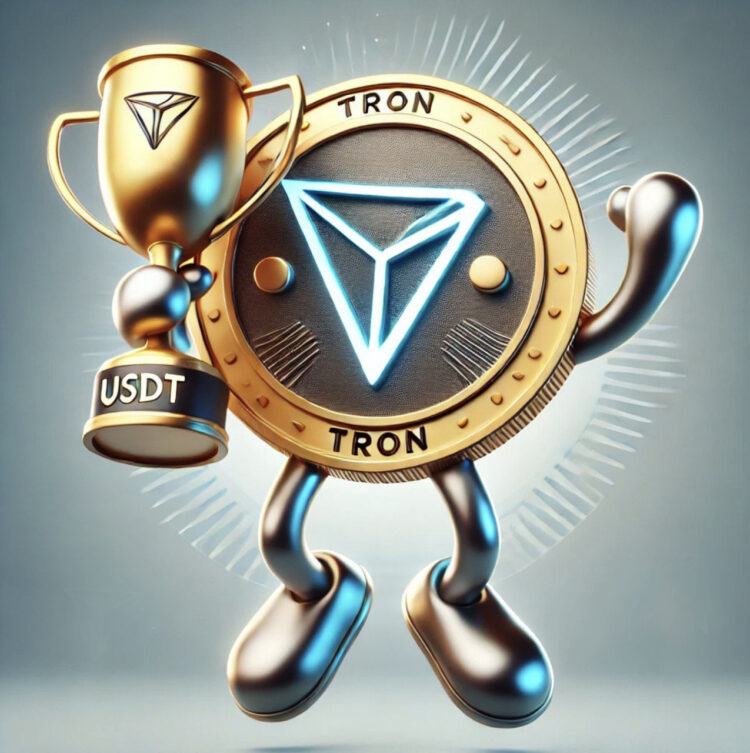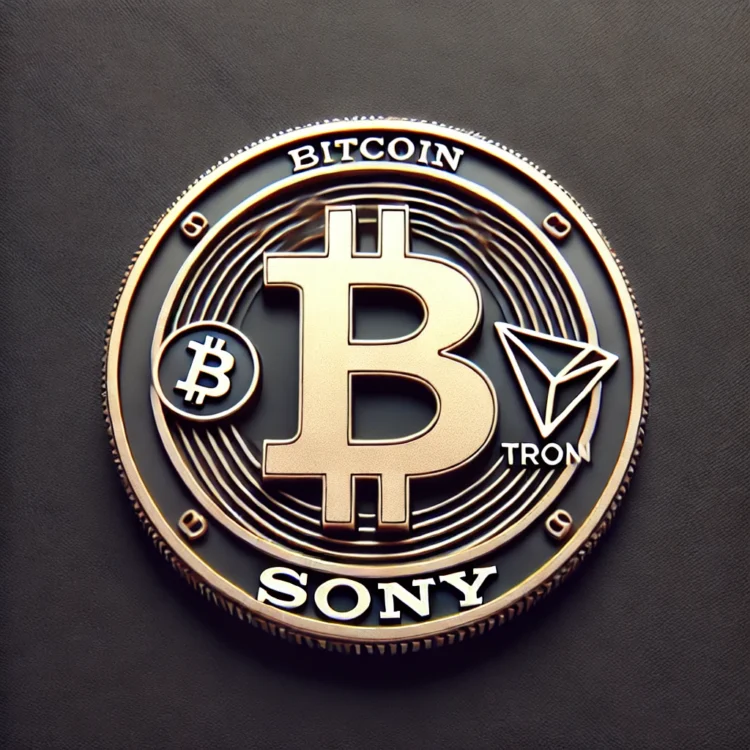In the world of blockchain, deflationary mechanisms have been adopted by several networks to enhance the value proposition of their native cryptocurrencies. However, not all deflation is created equal. TRON adopts a unique and sustainable approach to deflation, setting it apart from other deflationary blockchains.
Understanding Deflation in TRON
TRON employs a deflationary model through a process known as coin burning. This means that a certain amount of TRX tokens is periodically destroyed or removed from circulation. This method reduces the total supply of TRX over time, creating a sense of scarcity and potentially increasing the value of the cryptocurrency.
What makes TRON’s deflation unique and sustainable is its careful balance. Unlike some deflationary blockchains where burning mechanisms might be excessive, TRON ensures that the rate of coin burning is controlled and well-defined. This approach prevents extreme deflation, which can lead to instability and hinder adoption. TRON aims for a gradual and controlled reduction of supply, achieving a balance between scarcity and economic stability.
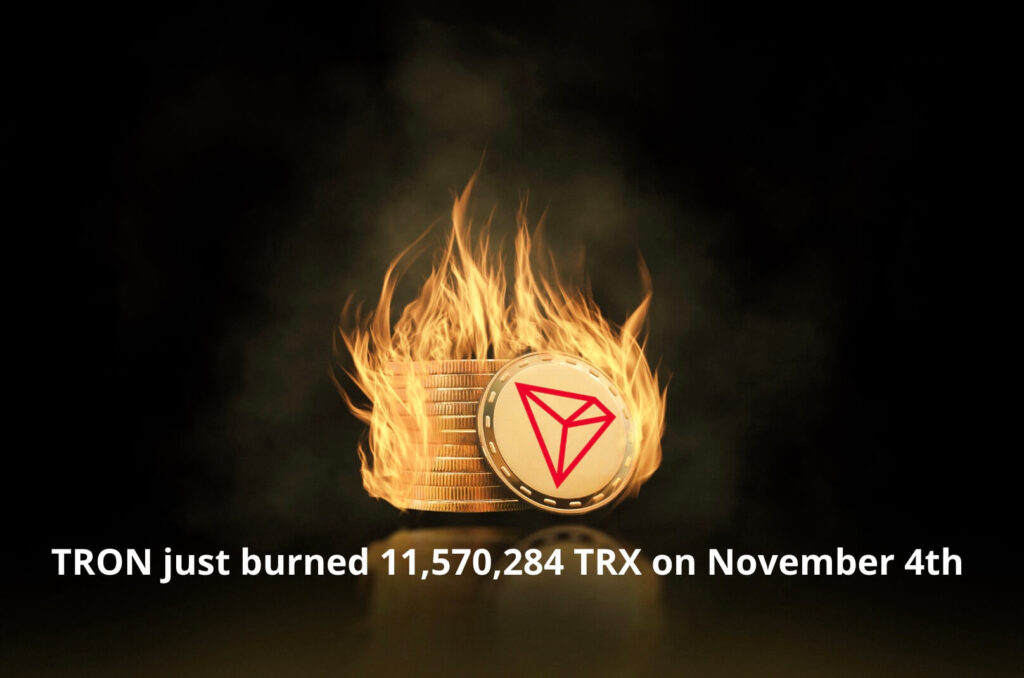
Benefits of TRON’s sustainable deflation
TRON’s sustainable deflation offers several advantages. It encourages long-term holding by token holders who anticipate potential value appreciation. Additionally, it maintains a predictable economic environment, which is crucial for the growth of decentralized applications (dApps) and smart contracts on the TRON network.
TRON’s deflationary model stands as a prime example of how a blockchain can implement deflation in a sustainable manner. It balances the desire for scarcity with the need for stability, creating an ecosystem where TRX holders can expect gradual appreciation without the pitfalls of extreme deflation.

